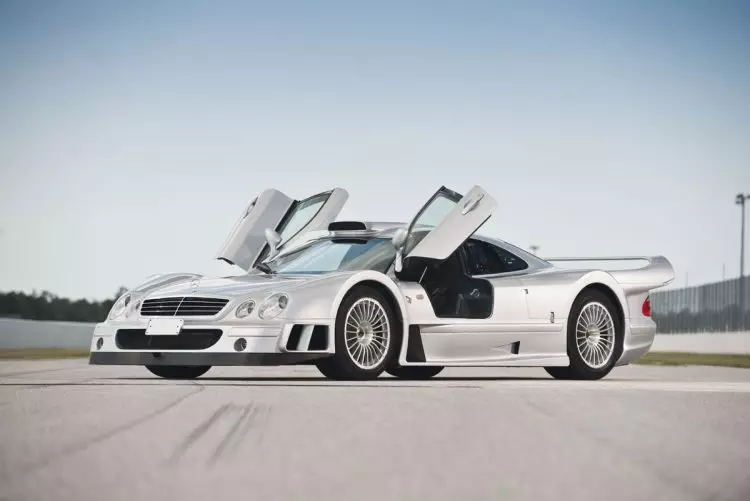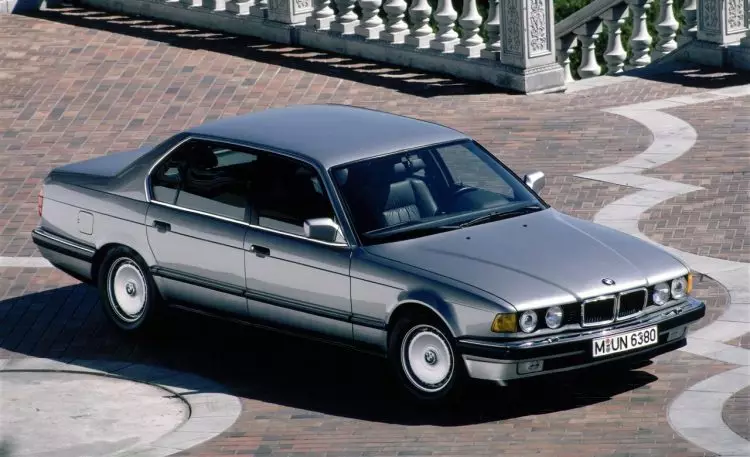As you will have noticed, most German models are limited to 250 km/h maximum speed. We went to find out why.
It all started over 40 years ago. At the end of the 70s, a strong movement in favor of the preservation of the environment was installed in Germany, the political lobby led by the German Green Party argued at the time that part of the environmental problems would be solved with the introduction of speed limits on the roads. Although not approved, this measure served as a warning to the main German builders, who were forced to think about contingency plans for the future.

As you know, the German highways – Autobahn – are famous for their very permissive speed limits (in some sections, there is not even a speed limit), and with the boom in technological development and the escalation of power in the automotive industry, the new models were beginning to take advantage of that: speed, speed and more speed.
Practical result: at the end of the 1980s there were several cars that exceeded 200 km/h, which led to an increase in accidents caused by speeding. The problem was starting to be so serious that manufacturers had to act in order to prevent the German government from introducing limits on the motorways.
SEE ALSO: Audi proposes A4 2.0 TDI 150hp for €295/month
So in 1987, some of the leading German brands at the time – Audi, BMW, Mercedes-Benz and Volkswagen – put rivalries aside and followed Japan's example, signing a gentlemen's agreement that assumed that all new models were limited to the 250 km/h top speed . As might be expected, the German government welcomed this voluntary agreement between the brands and did not carry out any legislative changes.

The following year, BMW was the first German brand to launch a model with an electronic speed limiter, the BMW 750iL (pictured above). According to the Bavarian brand, the new V12 engine of 5.0 liters with 300 hp of power of this saloon made it possible to “easily” reach 270 km/h, but instead customers would have to make do with 250 km/h.
But why do some German brands have models that go over 250 km/h?
For some time now, the brands that signed this pact have been selling models that exceed 250 km/h, such as the Audi R8 V10 or the Mercedes-AMG GT. Call it pride, marketing or an act of rebellion: the truth is that there are many millions of euros invested in the development of a car, and that is why it is natural that manufacturers make an exception for some of their models – particularly for sports cars . Currently, many brands give the customer the option to disable the electronic limiter (standard). Furthermore, there is the issue of competition. The English and Italians did not sign this pact…There is also the case of Porsche , which, as you will have noticed, was one of the brands that refused to be part of this agreement. As a manufacturer of truly sporty models, electronic speed limitation would go against the philosophy of the Stuttgart brand, which at the time produced only three models: 911, 928 and 944.
